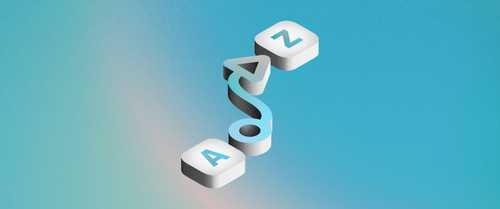Learn more about product with this collection
How to analyze churn data and make data-driven decisions
The importance of customer feedback
How to improve customer experience
Prototypes: A Primer
Prototypes can help you visualize and test your designs before they reach development, help you understand how users interact with your work and help you spot issues in the flow of your designs.
3
8 reads
Benefits Of A Prototype
- Usability testing: By running a usability test, you’ll be able to see how users will interact with your design once it’s live.
- Involving stakeholders: Pass your prototype to your data protection team and they can test it for real.
- Impressing a client: Prototypes can help explain or even sell your idea by providing your client with hands-on experience.
- Communicating your vision: The interactive medium of a prototype is a shared element to unite designers and developers.
3
8 reads
Making Your Prototype Blueprint
Gather all your notes. It could be notes from clients, collaborators, or even a random sticky note you once taped to your fridge. Gather as much intel as possible on plans and expectations for your prototype before starting.
Start sketching out the stages of your prototype. What’s the first thing you want your users to see? Start sketching out ideas as you map out the user journey.
Polish your draft. Even if you get it just right in the first try, you’ll still benefit from having a clear blueprint, which will boost both your confidence and your motivation.
3
7 reads
Setting Up Your Prototype: Low And High Fidelity
Fidelity refers to how close a prototype will be to the real deal. If you’re simply preparing a quick visual aid for a presentation, a low-fidelity prototype — like a wireframe with placeholder images and some basic text — would be more than enough. But if you’re going for more intricate usability testing, a high-fidelity prototype — with on-brand colors, fonts and imagery — could help get more pointed results.
3
6 reads
Keeping The User In Mind
To create an intuitive user flow, try to think as your user would when interacting with your product. While you can fine-tune this during beta testing, considering your user’s needs and habits early on will save you time by setting you on the right path.
3
9 reads
Start From Inside Out
A nice way to both organize your tasks and create more user-friendly prototypes is by building your prototypes ‘inside out’. Start by focusing on what will be important to your user, like a Buy now button or an image gallery, and list each element by order of priority. This way, you’ll be able to create a prototype that puts your users’ needs at the heart of your design.
4
6 reads
Usability Testing
Being able to test a design before production is one of the biggest benefits of prototyping. But to truly get the most out of your usability tests, it’s important to be clear on what you want to achieve. Before sharing running tests on your prototype, ask yourself the following questions:
- What is the test’s objective?
- What will the beta tester need to complete this objective?
- How much context should you give the beta tester?
3
7 reads
CURATED BY
More like this
1 idea
7 UX Deliverables: What will I be making as a UX designer?
interaction-design.org
11 ideas
4 ideas
Design Thinking: How to Test Effectively
workshopper.com
Read & Learn
20x Faster
without
deepstash
with
deepstash
with
deepstash
Access to 200,000+ ideas
—
Access to the mobile app
—
Unlimited idea saving & library
—
—
Unlimited history
—
—
Unlimited listening to ideas
—
—
Downloading & offline access
—
—
Personalized recommendations
—
—
Supercharge your mind with one idea per day
Enter your email and spend 1 minute every day to learn something new.
I agree to receive email updates
